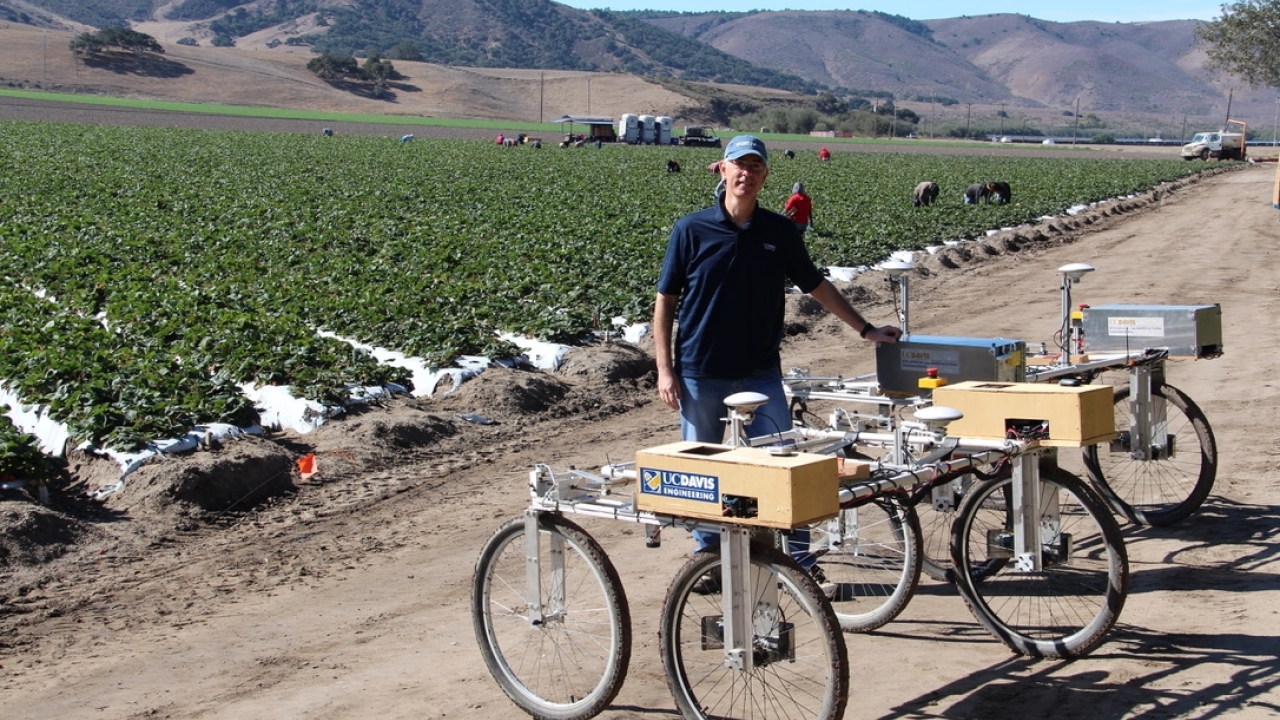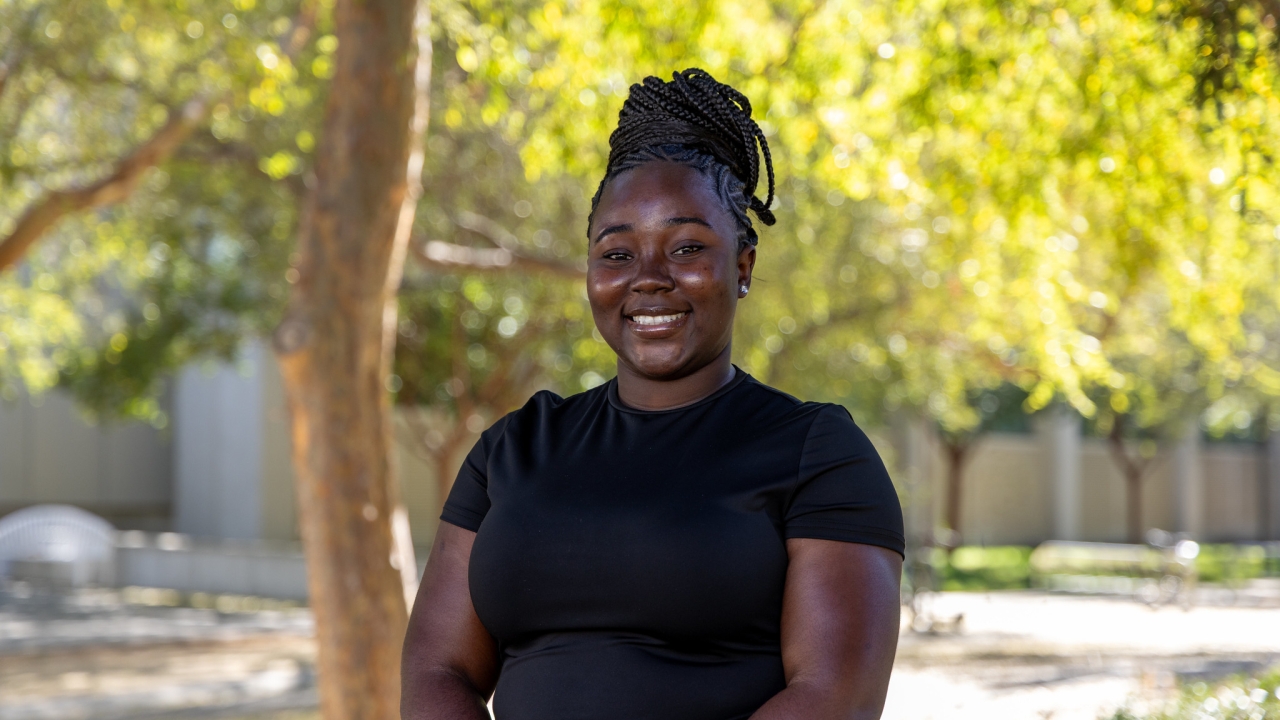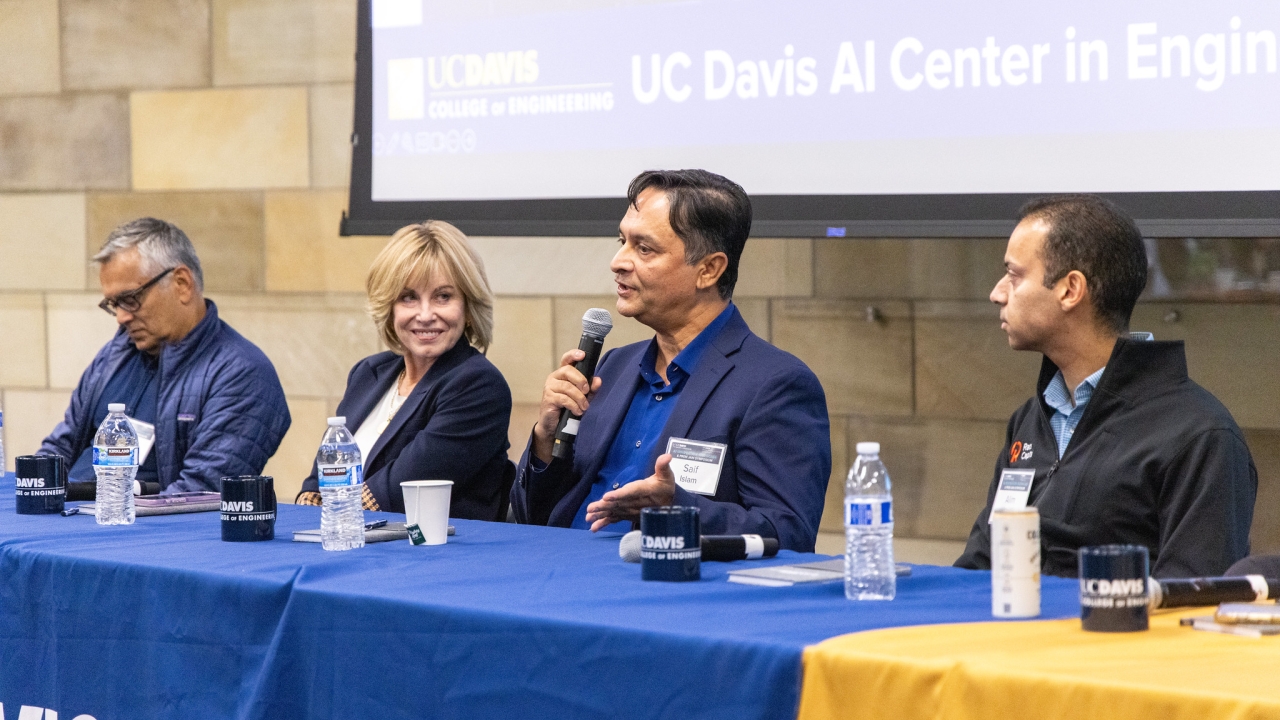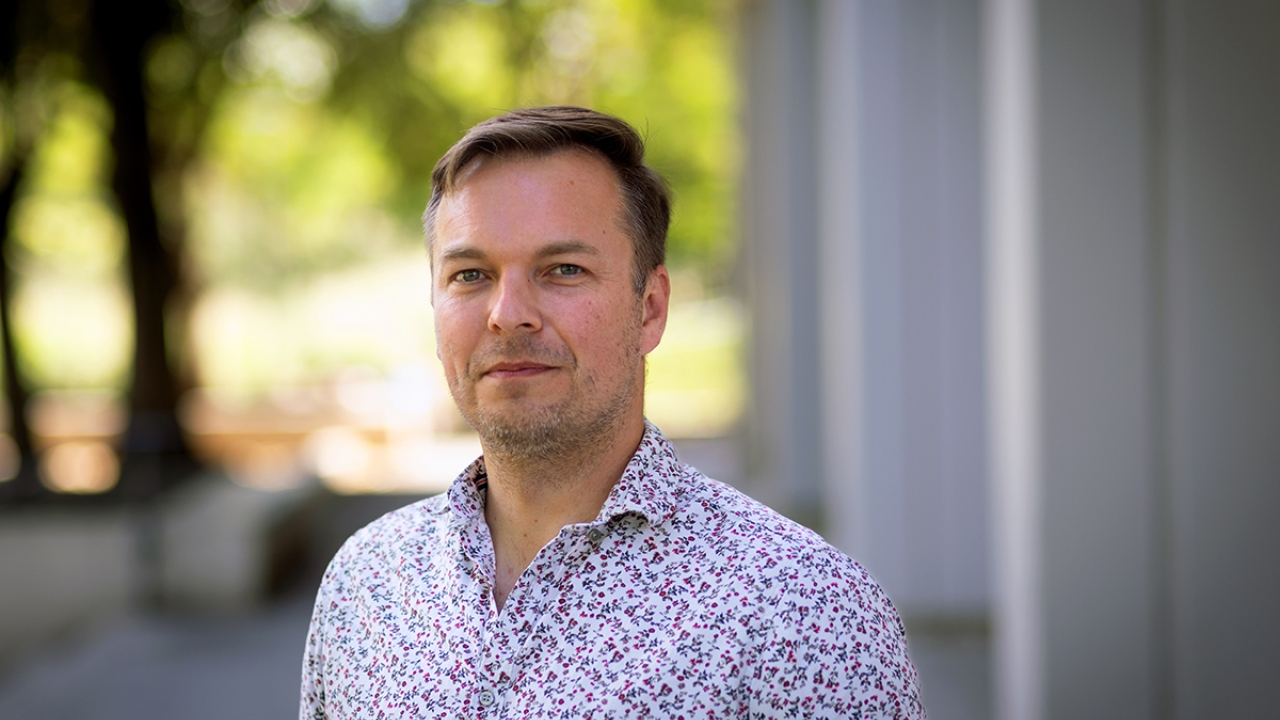
Jonathon Schofield Receives NSF CAREER Award
Assistant Professor of Mechanical and Aerospace Engineering Jonathon Schofield has been recognized for his research with a National Science Foundation Faculty Early Career Development, or NSF CAREER Award — an accolade that supports early-career faculty who have the potential to serve as academic role models in research and education and to lead advances in the mission of their department.
With this new recognition, Schofield seeks to further develop the efficacy of prosthetics for children born without fully formed limbs.
"We're trying to offer more functional options that cater to the innate capabilities that these children have," he said. "Then we're going to investigate how that helps with learning, and if we can allow them to feel a sense of body ownership and incorporate prosthesis into their body image."
Unlike adults who have experienced amputation, children born without fully developed limbs often do not feel the same extent of a loss.
"They learn to accommodate for that lack of a limb, and they're very functional growing up," Schofield explained.
Prevailing beliefs around providing children with prosthetics have been that there isn't as much of a need when they have learned to accommodate for their lack of a limb and are fully functional. Advancements in prosthetics for children without a limb have lagged for this reason, especially in comparison to promising studies for adults.
Around 45% of children discontinue prosthetic use — an outcome Schofield argues has more to do with insufficient research to develop prosthetics made for children, without which, the prosthetics offered have not been useful or functional enough to warrant regular use.
"The knowledge of how capable these children are just hasn't been well developed," Schofield said.
But Schofield believes that advancing current prosthetic options may allow an improved quality of life for children. He argues that if a prosthetic is responsive enough, children may be able to incorporate it into their body image.
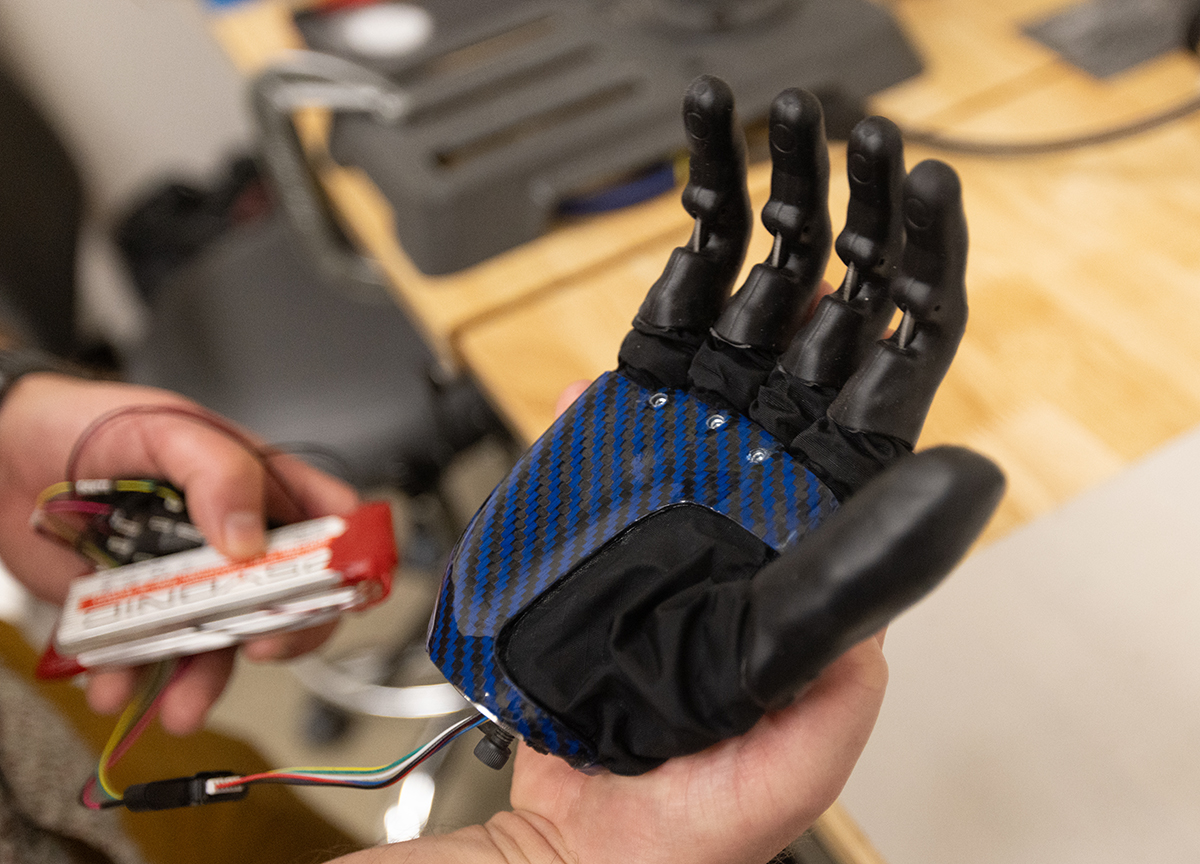
Using the science of modern prosthetic limbs, one only must think about moving their missing limb, and in response to muscle movement triggered by that thought, the prosthetic is able to carry out the corresponding motion. This is where challenges have arisen when it comes to children born without fully formed limbs.
Where adults who have experienced limb amputation have developed nervous systems that are accustomed to sending out signals to the limb, uncertainties arise when considering children who have never had a limb there to send signals to. Without studies understand how the movement of their affected muscles respond to nervous system signals to move their missing limb, prosthetics would be markedly less effective for children.
"We can't assume that they would be able to do much with their muscles, which is where you derive all your control signals for modern prosthetic limbs," Schofield explained.
To identify whether their muscles on their affected side respond when attempting to move their missing limb, Schofield and Professor of Neurobiology, Physiology and Behavior Wilsaan Joiner are leading an ongoing NSF-funded study at Shriners Hospital in Sacramento.
"Turns out children are incredibly capable," he explained. "You ask them to move a missing hand, even though they've never had that hand, you see their muscles respond in very patterned ways that clearly represent the movements they are attempting.
Furthermore, Schofield theorizes that by externally vibrating their muscles on the affected side, the prosthetic will allow children to feel their missing hand as they move it.
"Without doing any sort of implants or anything invasive," he specified, "it should, in theory, allow them to feel their missing hand moving just by simply vibrating their muscles the right way."
With this newest NSF recognition, he can develop prosthetics more tailored to these children's needs with the goal of body integration.

Despite being recognized for his advancements so early in his career, working with prosthetics was not always an obvious career path for Schofield.
After graduating from Lakehead University with a Bachelor of Science degree in mechanical engineering, Schofield spent a couple of years working at AltaSteel, a steel mill. Unfulfilled with the work, he took a third of the pay to return to school, where he graduated from the University of Alberta with a Ph.D. in mechanical and biomedical engineering.
While working in prosthetics during his doctoral studies, he was intrigued by the unique challenges that required interdisciplinary problem-solving.
"No one could tackle the scope of the challenges by themselves. Only by working together could we actually do some meaningful work," he said. "There's the neuroscience, the psychophysical aspects, the mechanical and electrical engineering, the clinical aspects, and so many other."
The need for collaboration was a large part of what drew him to UC Davis — an environment that fosters interdisciplinary approaches. At UC Davis, he eventually found his team, working alongside Michelle James and Anita Bagley at Shriners Children's Hospital in Sacramento, in addition to Joiner.
"Even though this new NSF CAREER award is technically an individual award and I'm the only PI, it's because we have this team. It's because we're at UC Davis and people want to collaborate, and we have this amazing atmosphere and this amazing amount of intellectual infrastructure available to us that this work is getting done."


